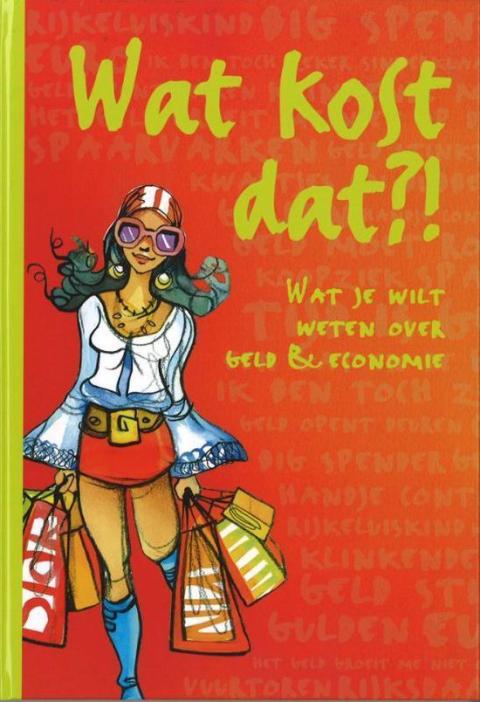Children's University
In 2005, the first episode of the Children's University was held. It was organized by the then Department of Information and External Relations to introduce children to science and the university at an early age (9-14). The first lecture series covered topics such as regret, justice, and advertising. Interest was enormous from the very beginning. Whereas the six-lecture series had room for 960 children, more than 2,400 signed up. National media—including five TV crews—also showed great interest, since the phenomenon of the Children's University had previously been known only in Germany.
In 2005, the first episode of the Children's University was held. It was organized by the then Department of Information and External Relations to introduce children to science and the university at an early age (9-14). The first lecture series covered topics such as regret, justice, and advertising. Interest was enormous from the very beginning. Whereas the six-lecture series had room for 960 children, more than 2,400 signed up. National media—including five TV crews—also showed great interest, since the phenomenon of the Children's University had previously been known only in Germany.
The Children's University was the replacement for the annual Science Day, a national activity that never managed to generate the interest it deserved in Tilburg. Through the children, the Children's University also reached parents, who could initially follow the lectures in the Dante Building in an adjacent room via a screen. Anno 2017, the lectures—each lasting an hour—take place in the Auditorium, and parents can sit in the back. The prominent seats are for the children. Admission to the lectures—usually on Wednesday afternoons—is free.
In 2007, the Children's University was organized in cooperation with Eindhoven University of Technology. Topics such as robotics, gaming, and sewage were covered from both a technical and a historical or behavioral perspective. The lectures were held simultaneously at both universities, with two professors always interacting on the topics via an online connection. Mainly because of high costs, this initiative came to an end after a number of episodes. The topics are very diverse: the brain, robots, superdiversity and also the role mathematics can play in solving famine.
The Children's University of Tilburg published five informative children's books between 2007 and 2014. Three in cooperation with publisher Inmerc and two in cooperation with Zwijsen. The fourth children's book Ik! Wie is dat? (Me! Who Is That?), which encourages children to think about "what exactly makes you you," won the Zilveren Griffel for best informative children's book in 2011.

The book of the Children's University from 2011 (pictured above)
In honor of King's Day 2016 when the royal couple visited Tilburg, the university organized a special edition of the children's university in which princesses Amalia, Alexia, and Ariane participated. The pictures of the princesses also made it to the international press and, for a while, put the Children's University on the map worldwide.
After all these years, the Children's University is still "sold out," and still every lecture is introduced with, for example, a knowledge quiz or theater and concluded with a round of questions that shows that children are unabatedly interested and curious.
More about history and academic heritage
The Tilburg University academic heritage is a very diverse set of archives, visual materials, collections, devices, recorded stories, et cetera that relate to the history of the university.